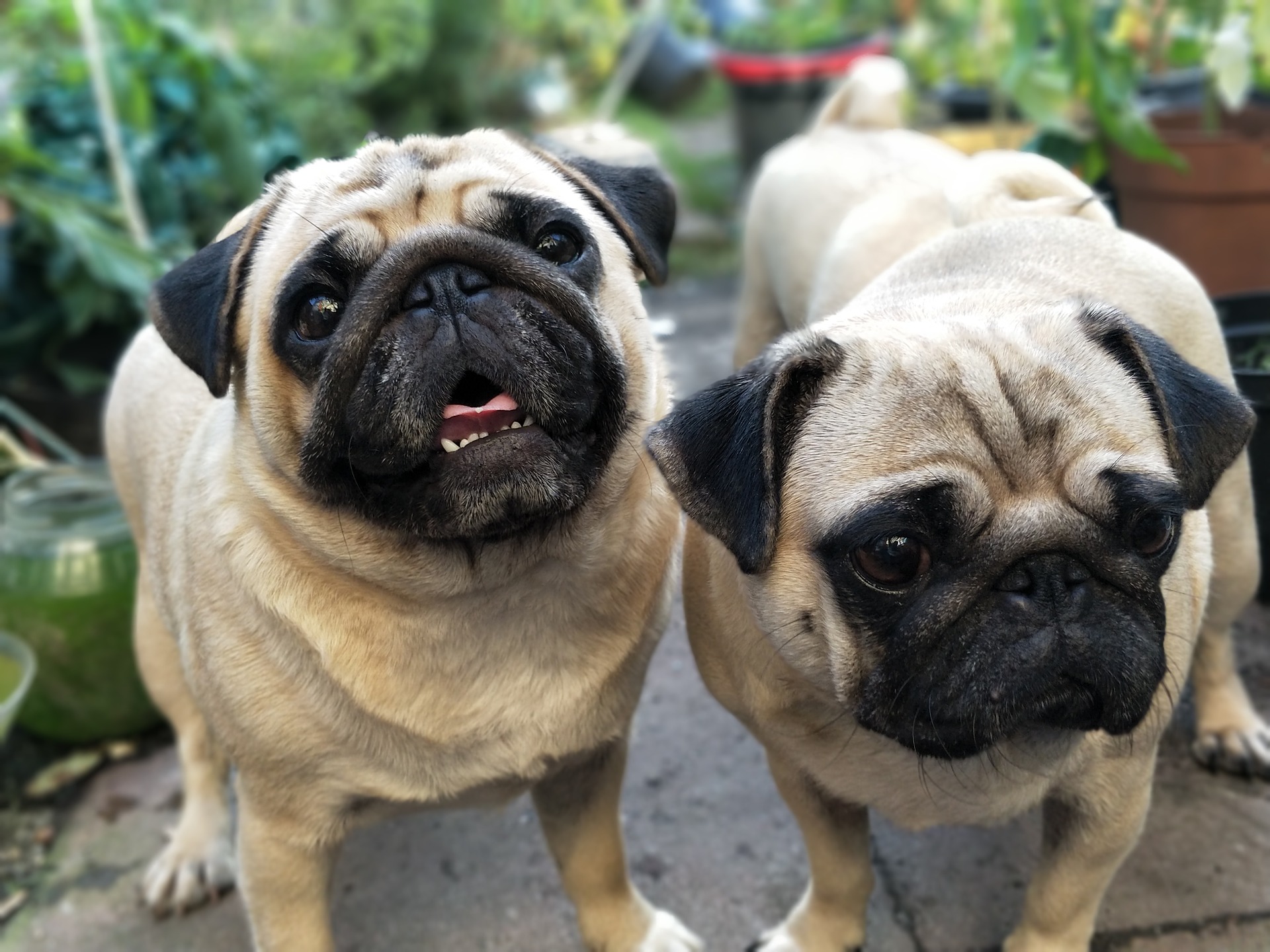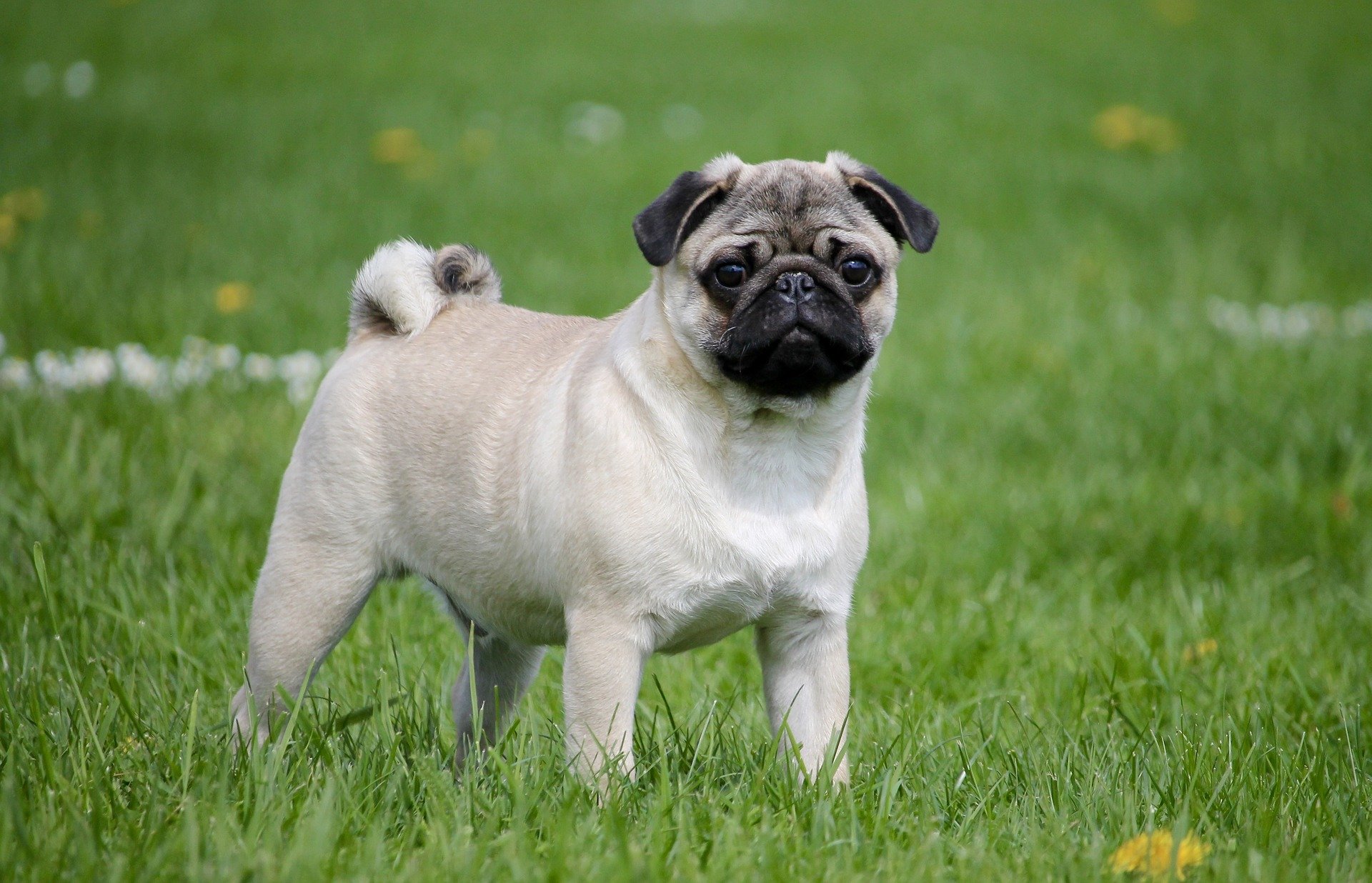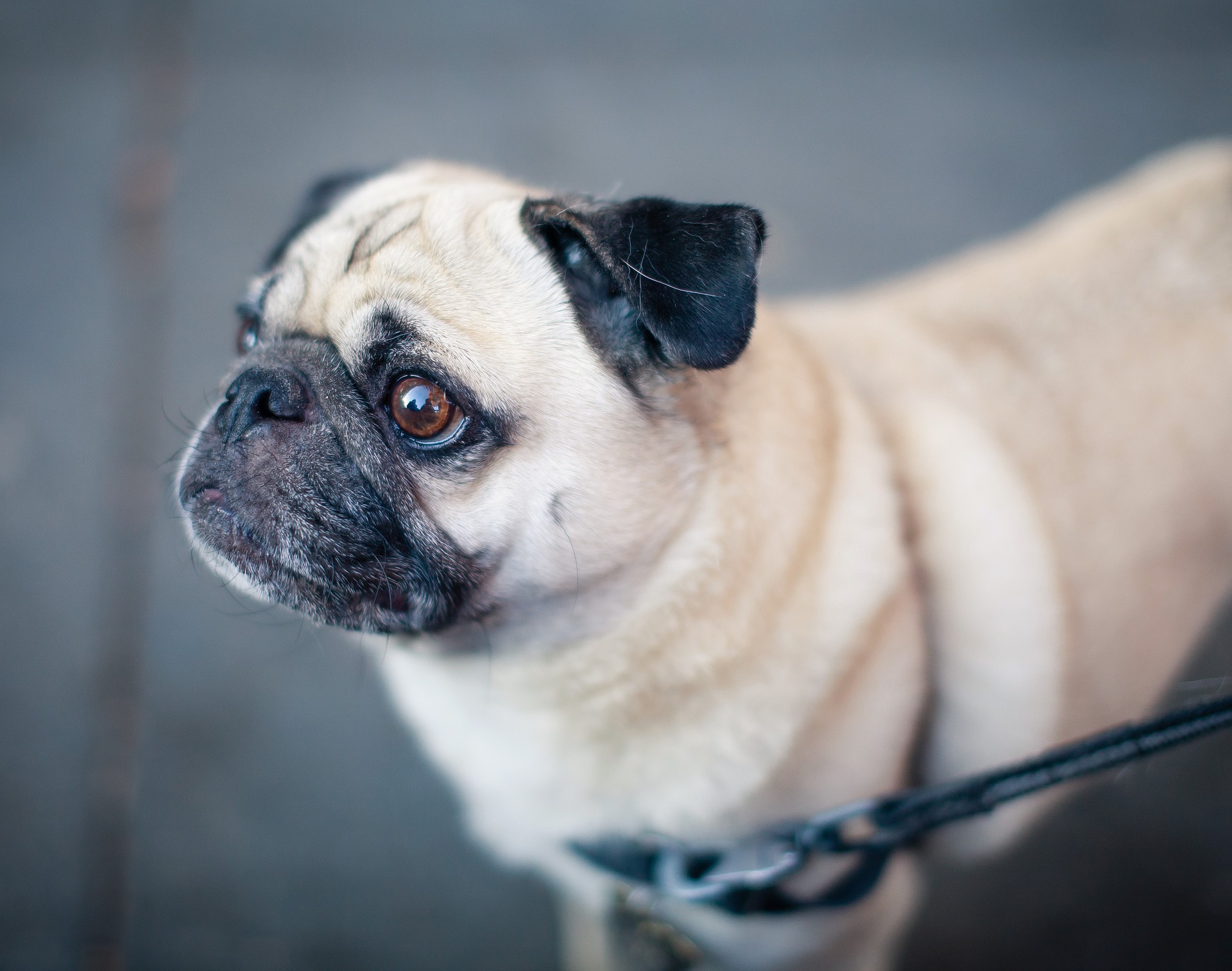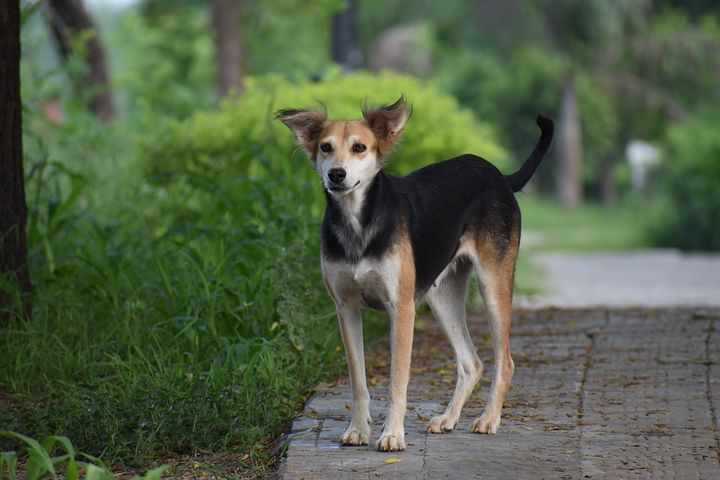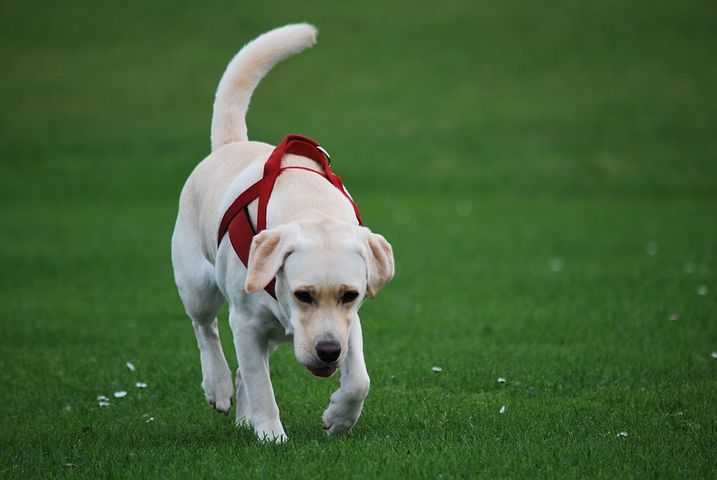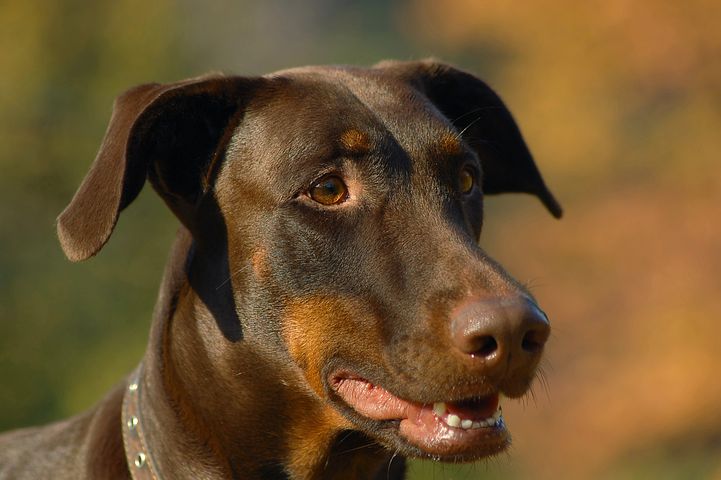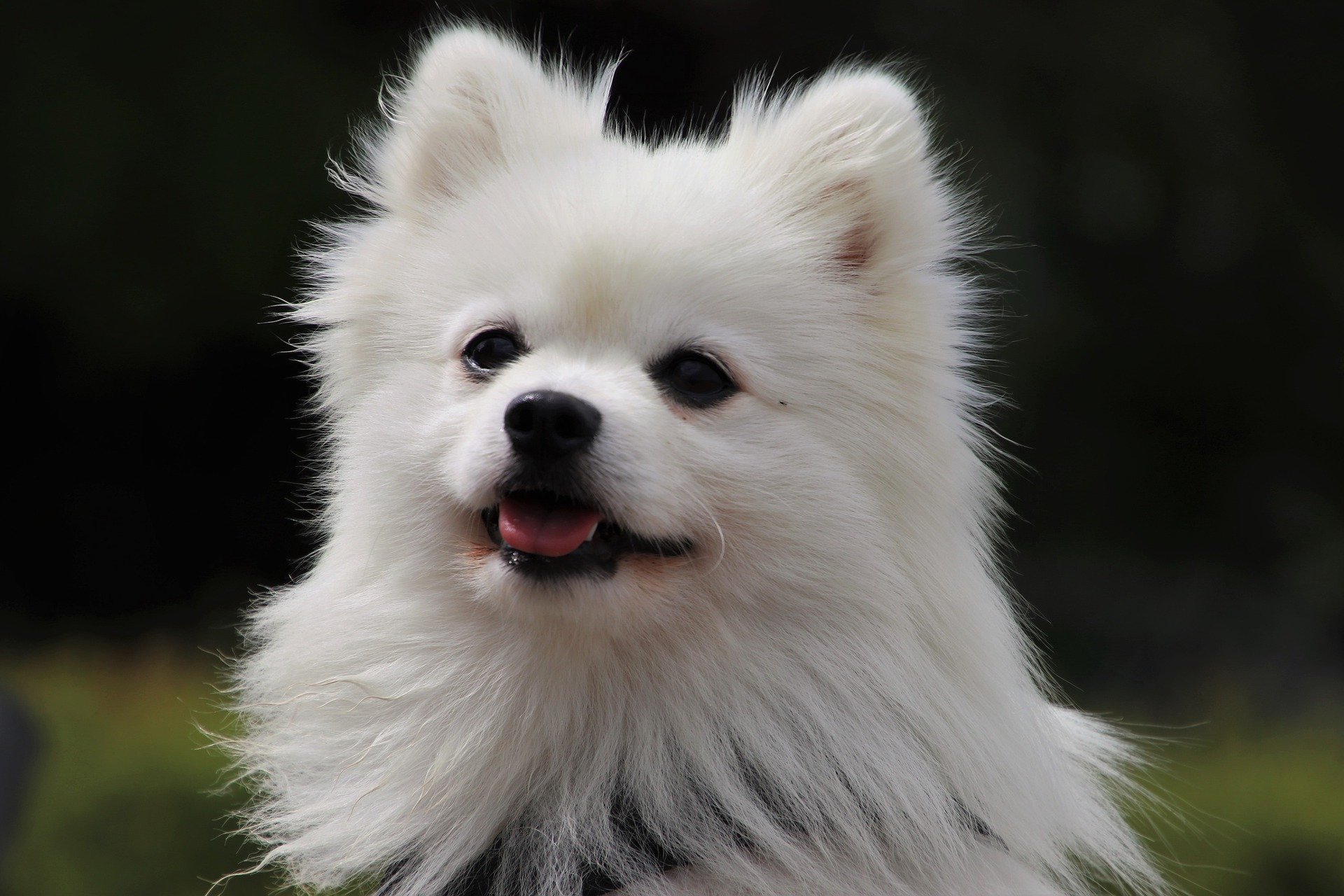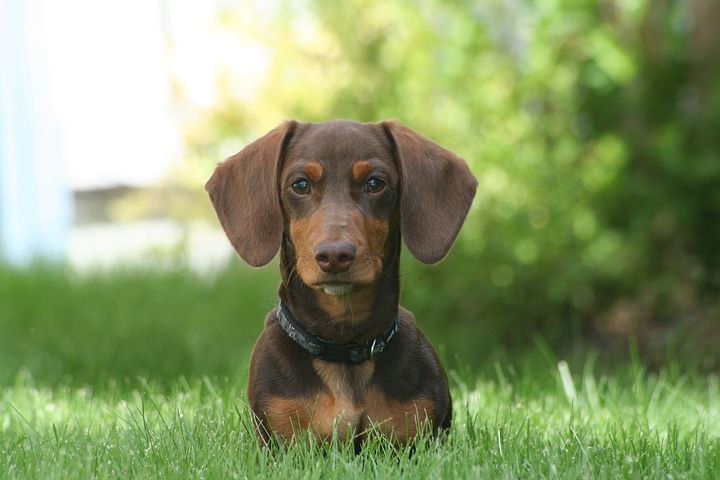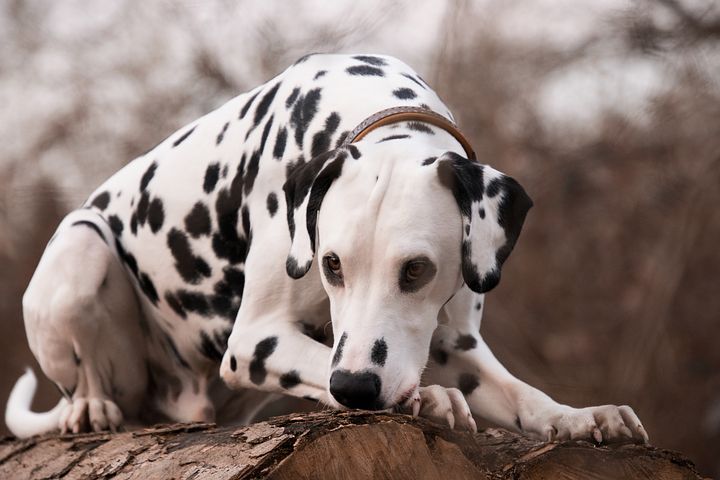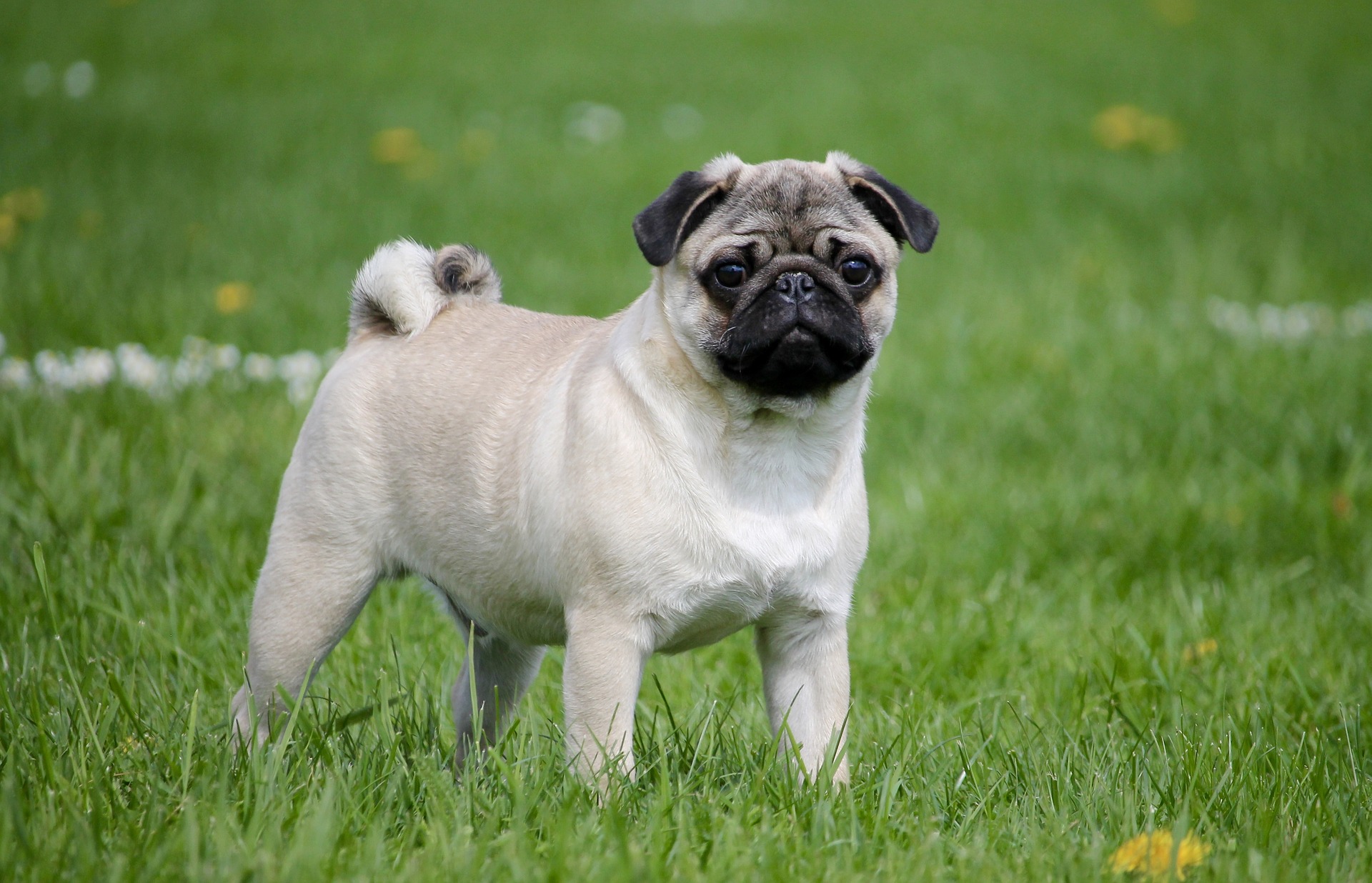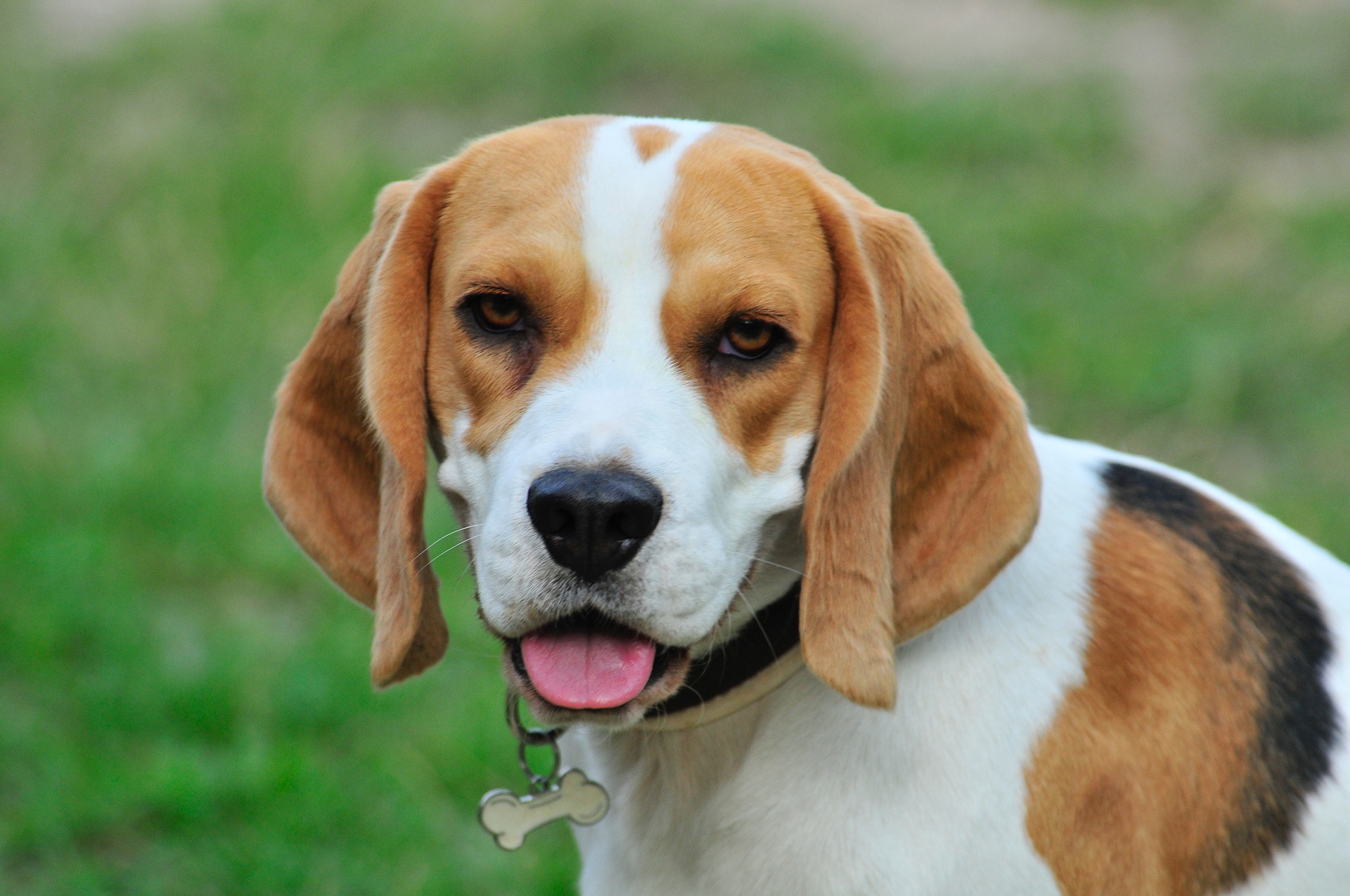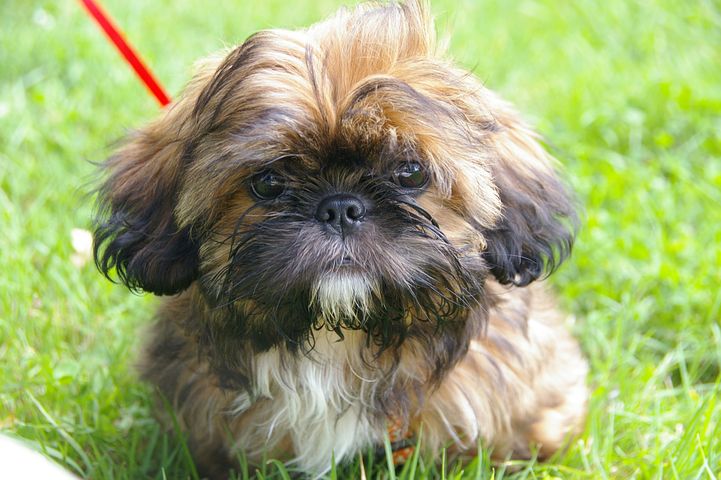Pug
The pug is a breed of dog originally from China, with physically distinctive features of a wrinkly, short-muzzled face and curled tail. The breed has a fine, glossy coat that comes in a variety of colors, most often light brown or black, and a compact, square body with well-developed muscles The Pug is a low-maintenance pet that is ideal for senior citizens. If your Pug doesn't get a walk or some playtime, expect some goofy antics. Origin: China China Kennel Union: standard Temperament: Charming, Clever, Playful, Mischievous, Stubborn, Docile, Affectionate, Sociable, Attentive, Loving, Quiet, Calm Colors: Black, Fawn, Apricot, Silver Fawn Height: 30 – 36 cm (At the withers), 25 – 30 cm (At the withers) | |||
|---|---|---|---|
Your Pug will require up to an hour of daily exercise. Shorter walks, more playtime, and a variety of brain-stimulating activities should all be included.
Several shorter walks throughout the day can help to stop them from becoming too tired or overheated, which is a great way to keep them active throughout the day.
These are calm dogs who aren't prone to excessive barking, digging, or chewing. Pugs get along well with other dogs and are strong enough to be trusted around children. They enjoy being around other people and can be quite affectionate. They are good companion dogs, as their grouping suggests.
Treats can be a useful training aid, but giving too many can lead to obesity.
Discover which human foods are suitable for dogs and which are not.
If you have any concerns about your dog's weight or diet, consult your veterinarian.
At all times, clean, fresh water should be available.
Brushing him once a week with a medium-bristle brush, a rubber grooming mitt, or a hound glove will help remove loose hair and keep him looking his best. Pugs don't need to be bathed unless they've gotten themselves into a sticky situation or have developed a doggy odour.The Pug's nails should be trimmed on a regular basis, as long nails can be uncomfortable for him.
